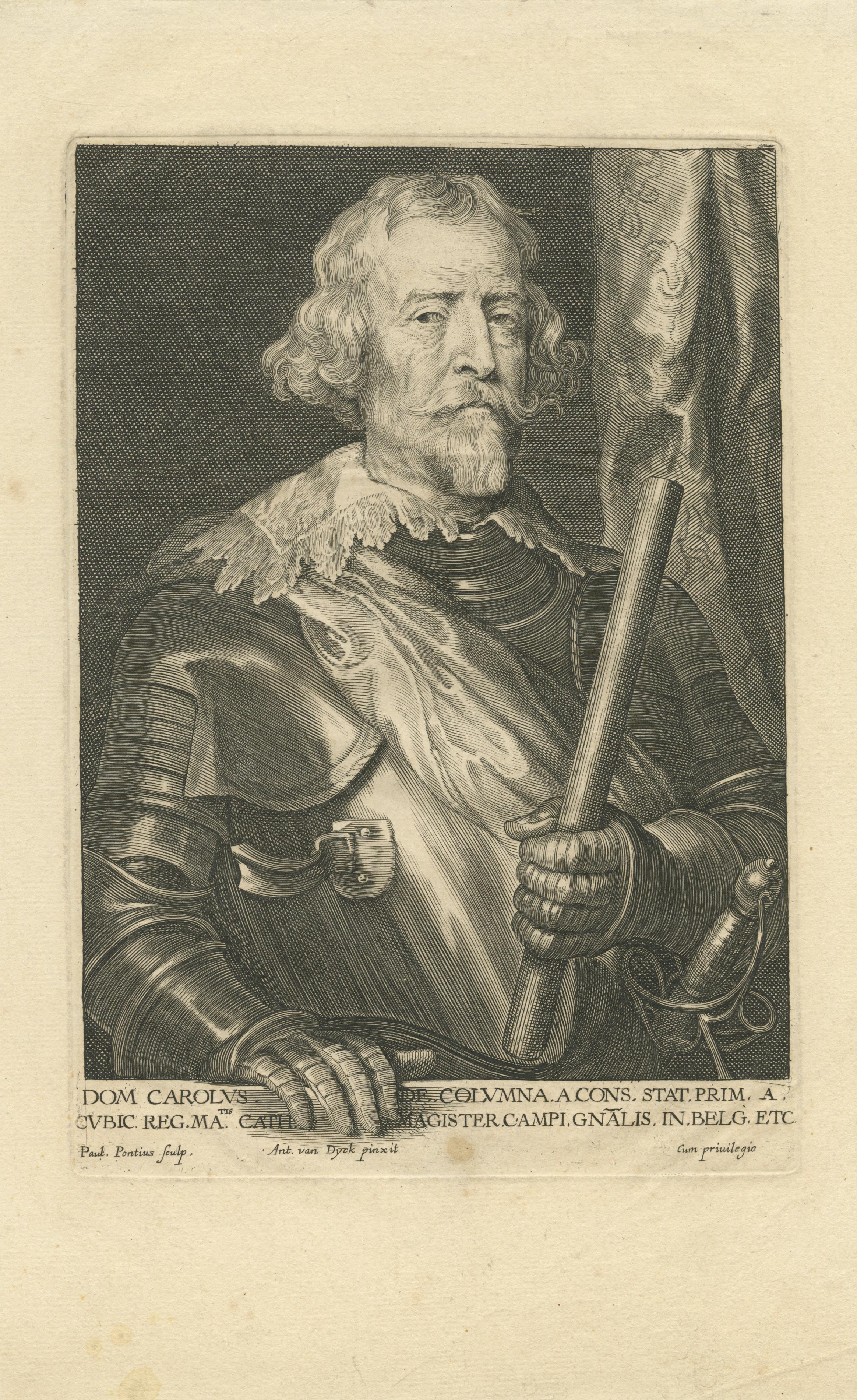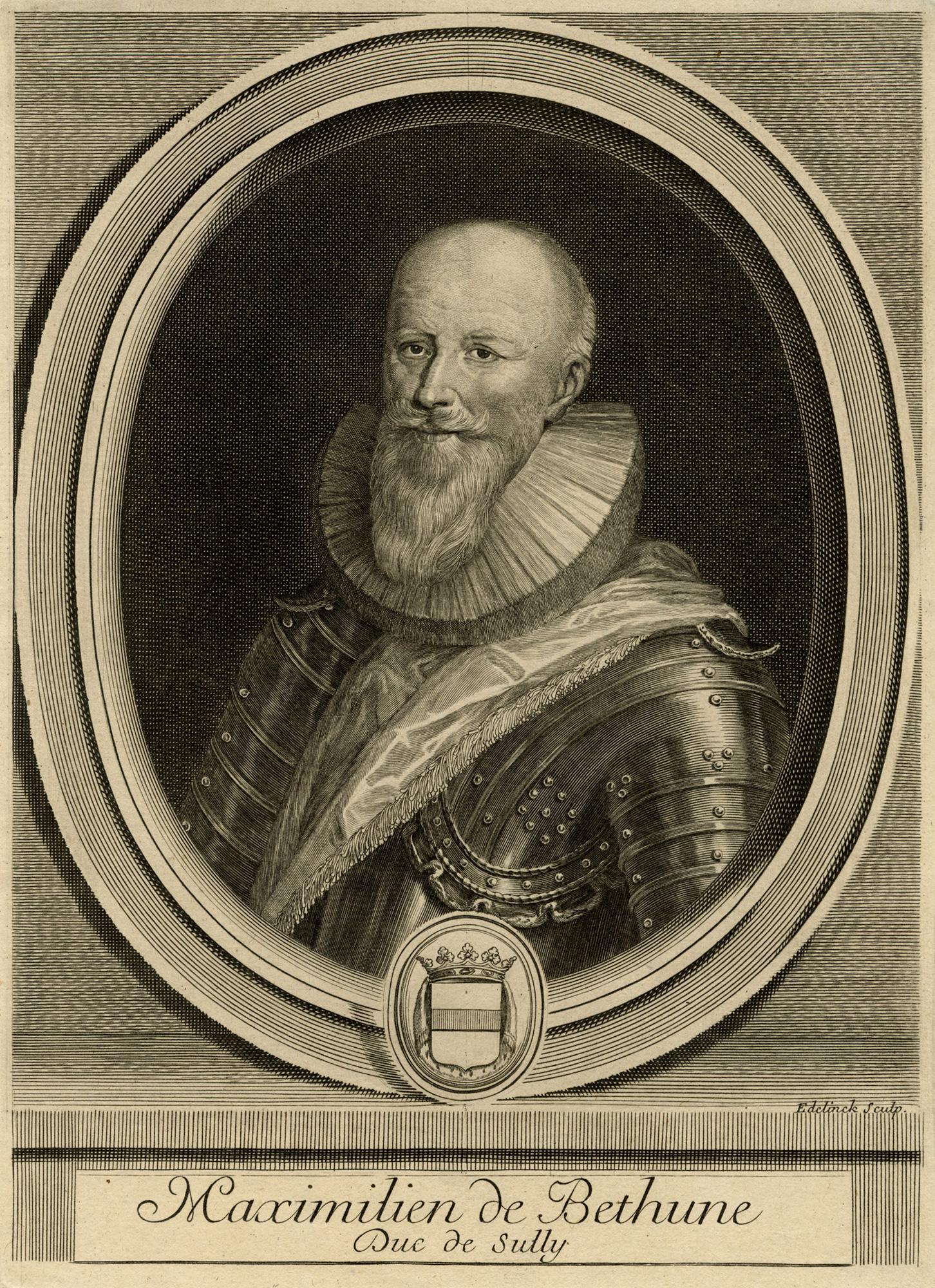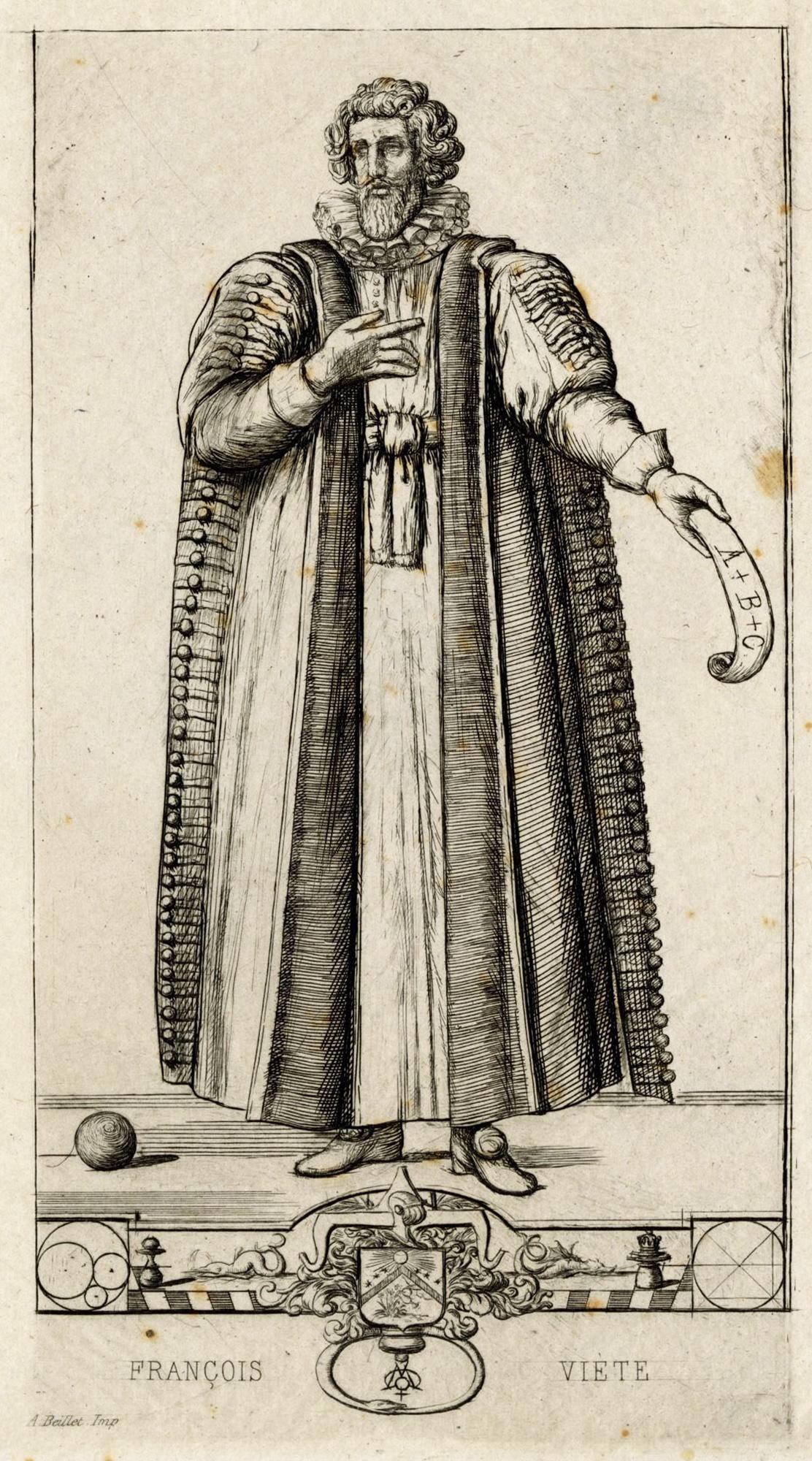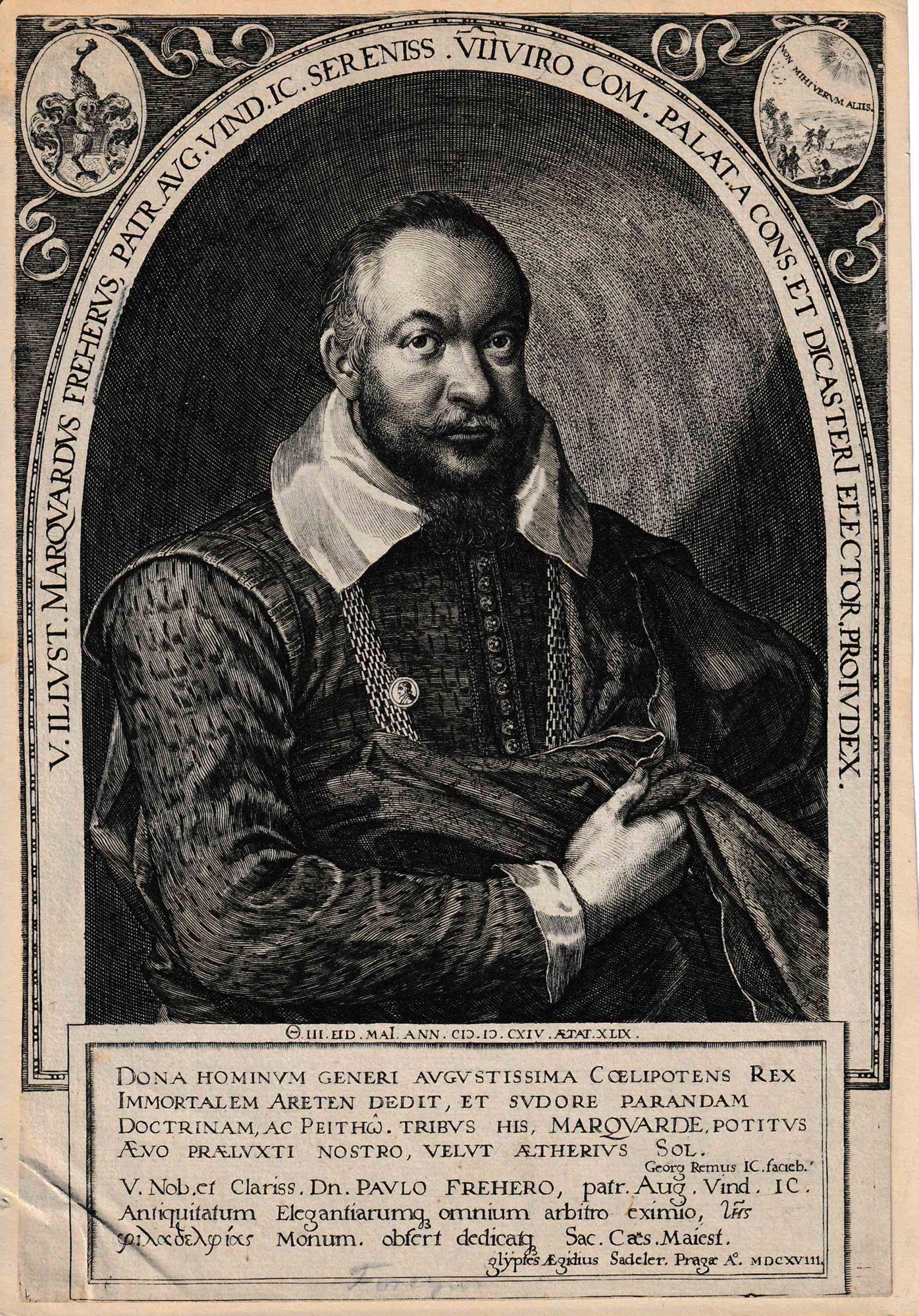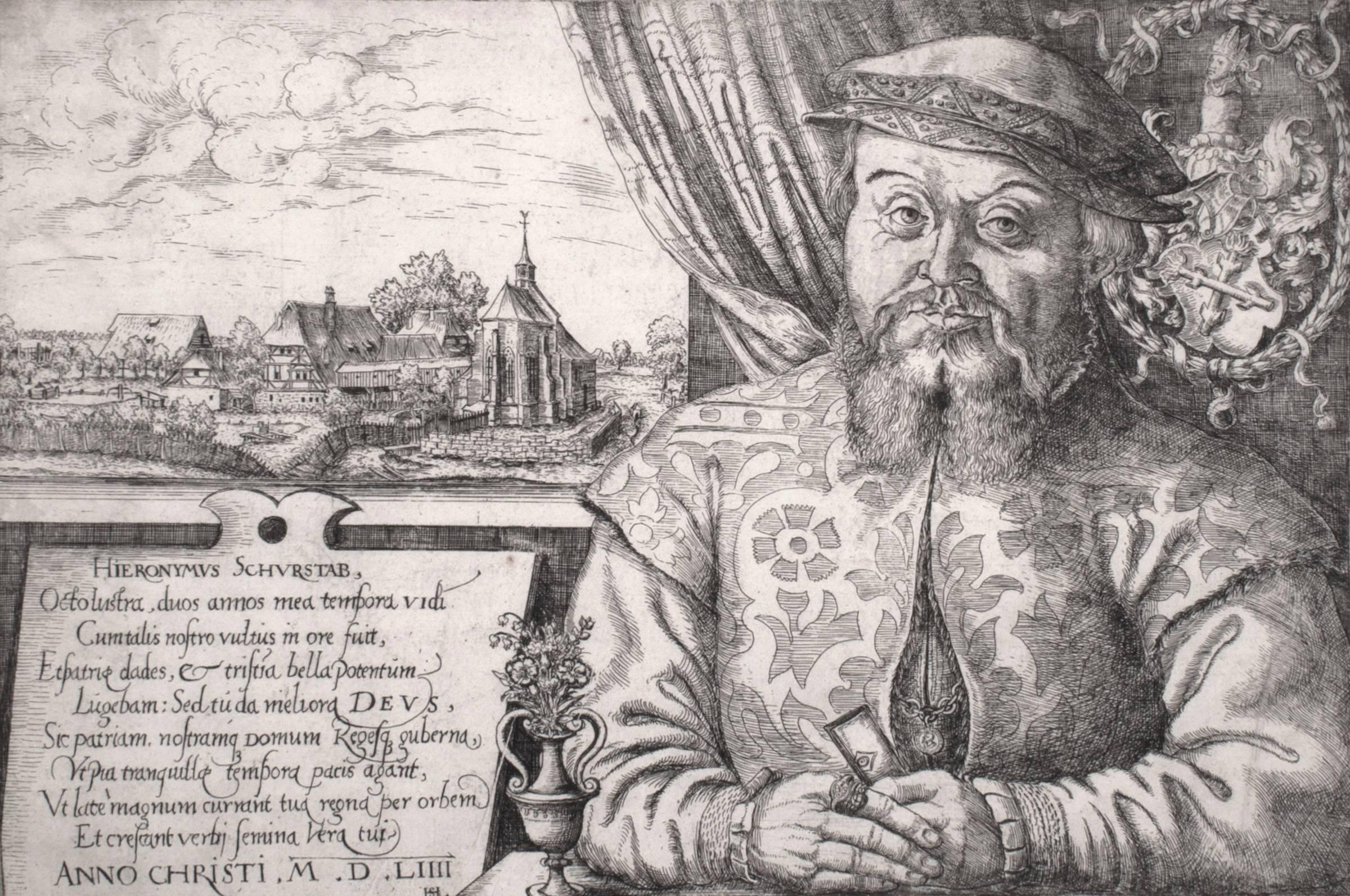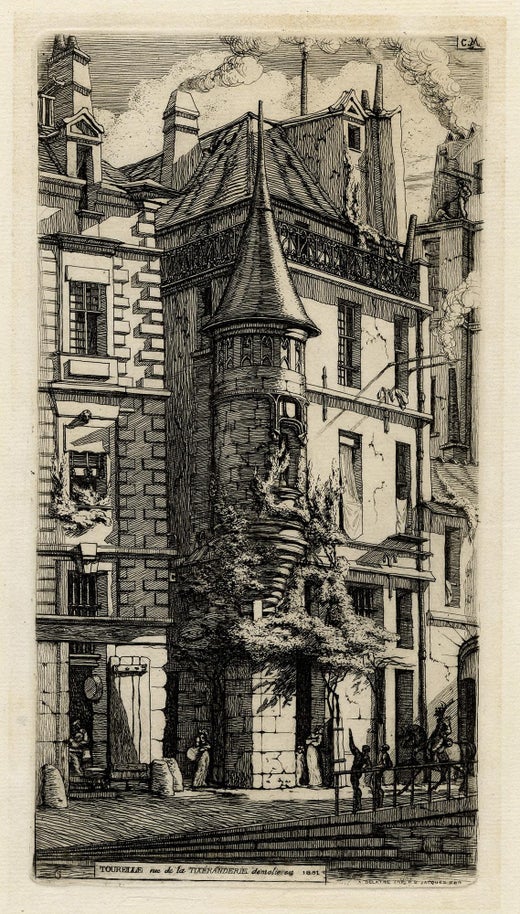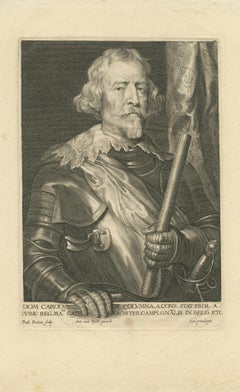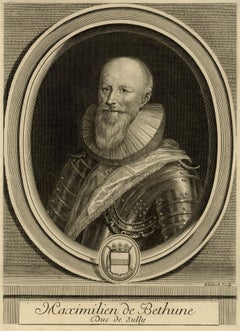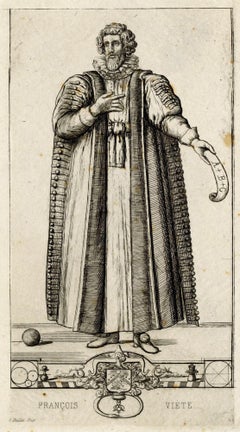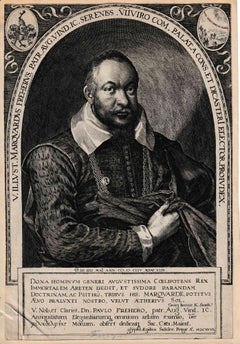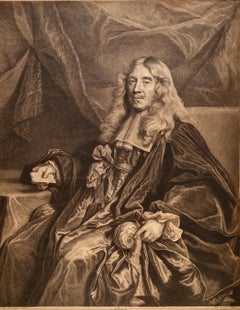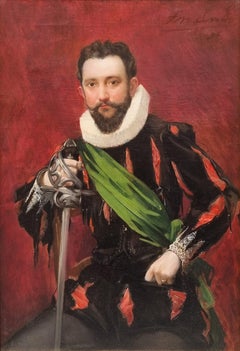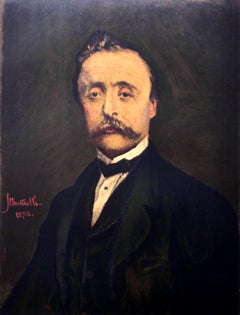Charles MeryonRené de Laudonnière Sablais (de Burdigale). After Crispjin van de Passe I1861
1861
About the Item
- Creator:Charles Meryon (1821-1868, French)
- Creation Year:1861
- Dimensions:Height: 6 in (15.24 cm)Width: 4.25 in (10.8 cm)
- Medium:
- Movement & Style:
- Period:
- Condition:
- Gallery Location:Middletown, NY
- Reference Number:Seller: BH7561stDibs: LU1979213388392
Charles Meryon
Charles Méryon was a French engraver, painter, draftsman and poet. He lived an adventurous life and traveled often as a Marine before dedicating himself exclusively to engraving from 1848. He engraved 72 plates on Paris, some of which, like Tour de l’Horloge, published by the important Parisian magazine L’Artiste. He realized mainly architectures, seascapes, scenes with ornithological subjects and some portraits. His prints are characterized by a rigorous game of intersecting lines, by a precision deserving of a naval draftsman, by a bold chiaroscuro with dramatic effects and romantic fantasies. He often included captions in verses in his engravings.
- ShippingRetrieving quote...Shipping from: Middletown, NY
- Return Policy
More From This Seller
View AllMid-17th Century Old Masters Portrait Prints
Laid Paper, Engraving
Late 17th Century Old Masters Portrait Prints
Laid Paper, Etching
Mid-19th Century French School Portrait Prints
Handmade Paper, Etching
Early 17th Century Old Masters Portrait Prints
Handmade Paper, Laid Paper, Engraving
Mid-17th Century Old Masters Portrait Prints
Laid Paper, Engraving, Etching
19th Century Old Masters Portrait Prints
Handmade Paper, Laid Paper, Etching
You May Also Like
16th Century Old Masters Portrait Prints
Etching
Late 17th Century Portrait Prints
Engraving
1890s French School Portrait Paintings
Oil
1970s French School Figurative Prints
Lithograph
19th Century Modern Figurative Prints
Etching
1870s Old Masters Prints and Multiples
Etching
